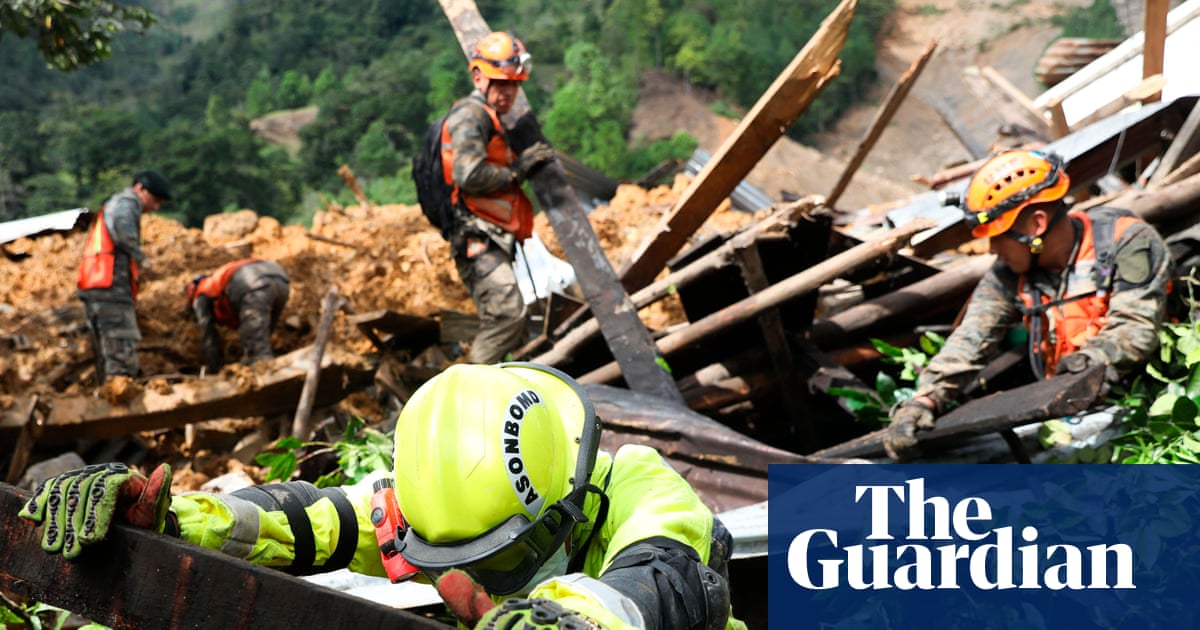
"He recalled growing maize, watermelon and peanuts on his family farm in the town of Diourbel, Senegal, on land he had inherited from his grandfather in 2005. Twenty years later, Mohamed is one of thousands of migrants from west Africa who crossed the US-Mexico border in recent years to seek out a new life in New York City. The decade before he came to the US was one of great challenges, he said,"
"When it rained, everyone was caught off guard because for a very long time we didn't have any rainfall, there was drought, said Mohamed, 45. As he spoke inside the mosque, about 40 other west African immigrants, many also recent arrivals from Senegal, sat next to him. When we asked the group who had also experienced floods and droughts, a show of hands indicated about a third of them had."
"Migration from Senegal's western and central regions to the US has increased after more than half a dozen major floods occurred in 2020, according to a data analysis by Columbia Journalism Investigations (CJI) and Documented. Between 2019 and 2024 following years of accumulating climate events more than 1,800 Senegalese migrants from these regions crossed the US-Mexico border a rise from virtually none."
Mohamed grew maize, watermelon and peanuts on inherited family land in Diourbel, Senegal, and faced decades of drought followed by recurring floods that strained family relations. Many migrants from Senegal's western and central regions cited climate shocks, including multiple major floods in 2020, as drivers of migration. A data analysis by Columbia Journalism Investigations and Documented shows more than 1,800 Senegalese migrants from those regions crossed the US–Mexico border between 2019 and 2024, rising from virtually none. About a third of roughly 40 West African immigrants at a New York mosque reported experiencing floods or droughts. Border apprehension graphs show steep increases in 2023 and 2024.
Read at www.theguardian.com
Unable to calculate read time
Collection
[
|
...
]